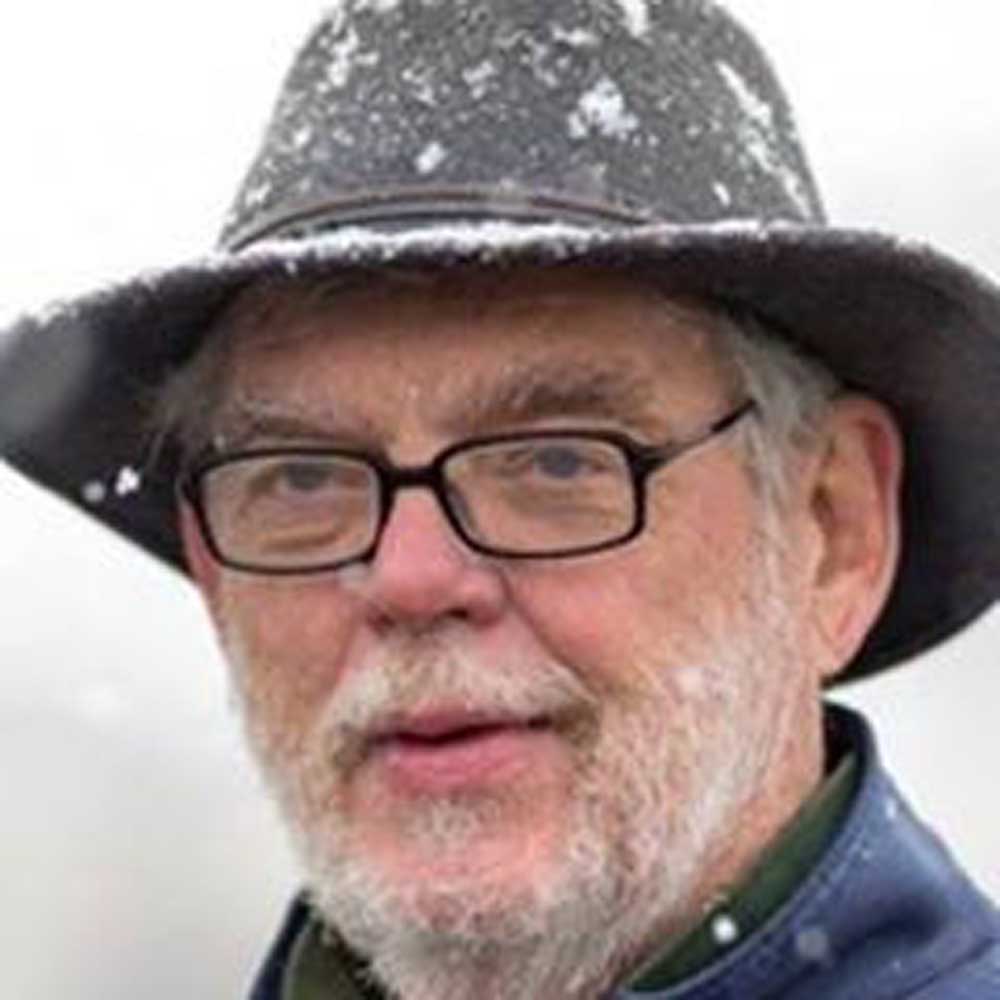Main Street: Back to the land — again
Published 8:00 am Wednesday, August 19, 2020

- Wandschneider
According to the Salem Statesman Journal, “In the quest to escape COVID-19, people are flooding Oregon’s beaches, forests and mountains in unprecedented numbers.”
Most of the folks are looking to visit, wanting to stretch legs cramped in small condos and see more than their suburban backyards.
Trending
But many of the visitors that we see on the streets of Joseph and Lostine long to move here — or to some other rural place. Some will.
If the press and shortages at the local Safeway speak truth, these travelers have already been teaching their kids, working from home, baking bread, wearing pajamas to work and sometimes wondering what all the fuss was about putting on the suit and tie, driving through traffic and slurping Starbucks lattes in front of a computer screen.
Even before the pandemic struck, this back-to-the-land thinking was percolating in cities and suburbs. The slow-food movement had people growing gardens on balconies, shopping farmers’ markets in Portland and Seattle. Going out to eat could mean “Higgins” in Portland, where the chef cured the ham and pickled the beets, and the spuds came from Prairie Creek Farm in Joseph.
There’s been a lot of rural dreaming going on for a decade or more. COVID-19 and everything else in the news and on Facebook has accelerated it. Local realtors and builders are busy.
———
When we arrived in Wallowa County — 50 years ago — we thought we were some new kind of American migrant, rediscovering the land, relearning to grow food and bake bread, ready to be done with war and urban racial and political strife.
Trending
We were, of course, not alone. The late 1960s and early ‘70s had young people subscribing to Organic Gardening Magazine, gathering in communes in Tennessee and the Willamette Valley, and reading Five Acres and Independence (the author’s way of being independent on five acres was to write a book about it).
In Idaho, Carla Emory started a homesteading school. Students could come and learn how to keep bees, plow with horses and make soap, paying for their learning and eating by putting up hay and swamping the dairy barn. In 1970, Carla started writing An Old-Fashioned Recipe Book, with instructions for everything that you needed to feed and clothe yourself in the country. The pages were run off in installments on colored paper on a mimeograph machine.
The farm school had a flood, it wasn’t making money, and then, in 1977, Carla sold her book to Bantam Books, which sold it across the country — and I imagine paid off her farm. The commercial Bantam book kept the pages colored, and called it the Encyclopedia of Rural Living.
About 1980, the pendulum swung again, and most of the back-to-the-landers headed for city and suburb. They went back to school, taught, sold stocks and bonds, made a decent living and sent their kids off to college. Some found time to retrace those rural steps — maybe even to buy a piece of what they had paid cheap rent for 40 or 50 years ago.
I think this new movement is still sorting itself. In 1970, it was young people with few means, a Volkswagen van or bug and big heart. Our skills for rural living were meager, but we could sort potatoes, plant trees and learn to run a chain saw or set chokers. We didn’t think much about health issues, because we were young and — mostly — healthy. When we started having children, many of us left to be near family and jobs that would pay for things. Those of us who stayed started day care centers, went back for teaching degrees, worked our ways into the fabric of community.
———
Although I have not checked actual demographics, newcomers now are visibly older, and many have professional skills and bank accounts. They are the doctors and physical therapists, and they are buying the houses and lots and building and remodeling the houses. They are supporting the restaurants and massage therapists, or they are the massage therapists and restaurateurs.
Despite the fears of some local conservatives and liberals, the newcomers are not all right or all left. Their politics seem mixed.
The question, of course, is what happens when COVID-19 eases. And the answer is that we don’t know. Urban — and suburban and exurban — America had a big run for 40 years. It started to wane — and COVID-19 pushed it.
COVID-19 is a big elephant, and despite the best guesses of scientists and politicians, we don’t know now which way the elephant’s trunk will swing. Laura Spinney, author of Pale Rider: The Spanish Flu of 1918 and How It Changed the World, says we’re still living with the fallout from that pandemic.
Ask me about this one in 40 years.
———








